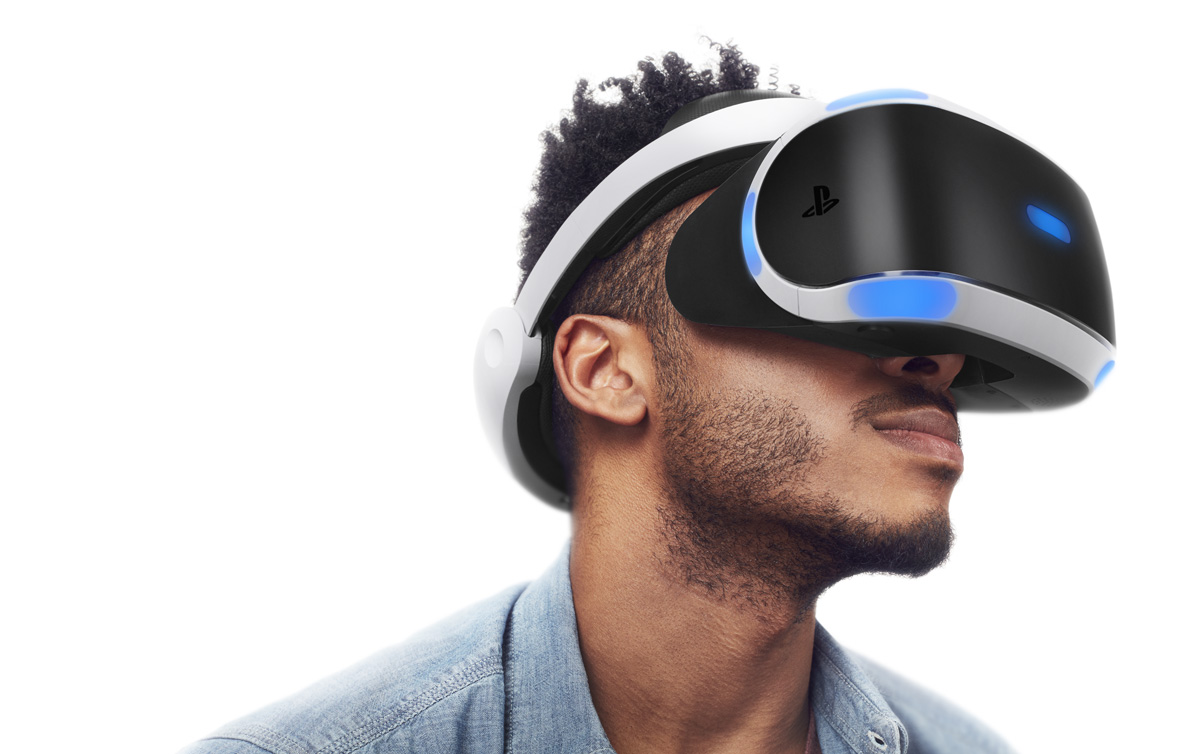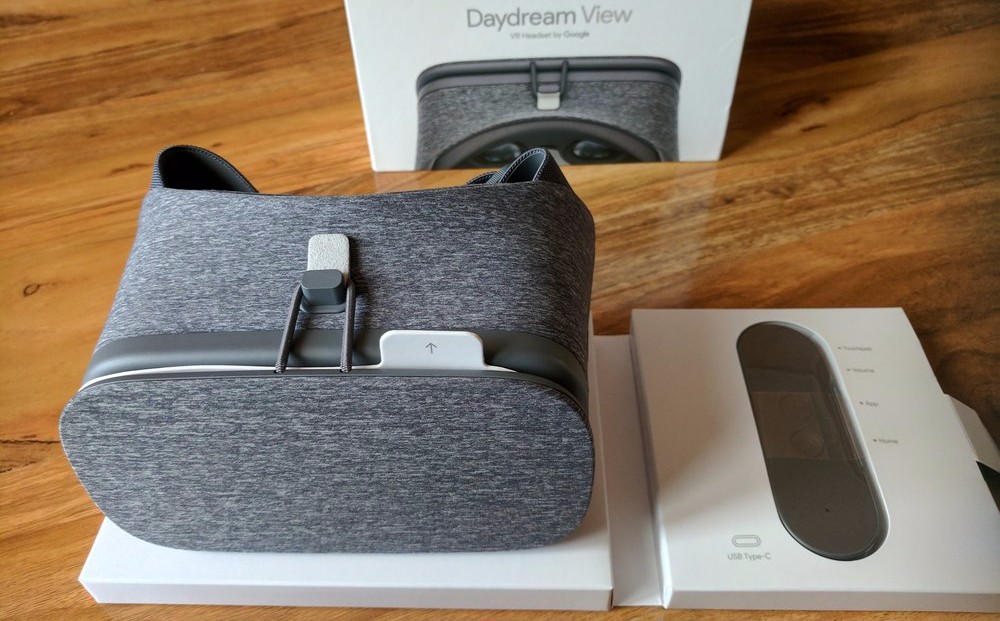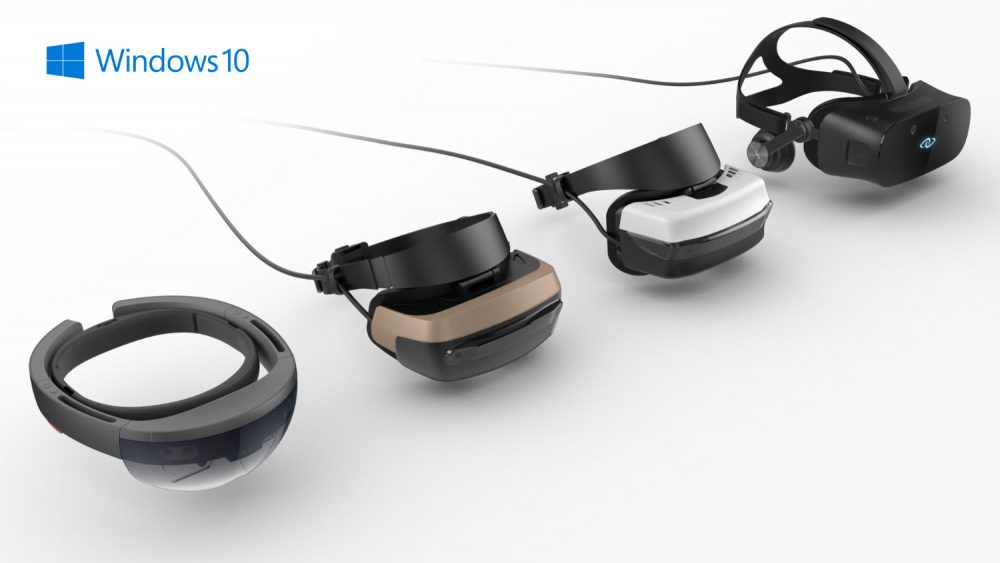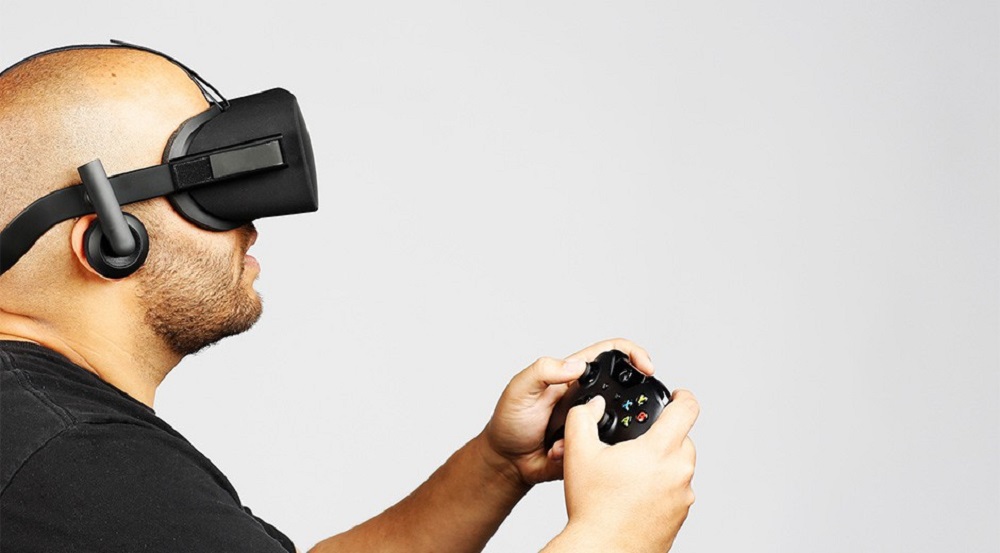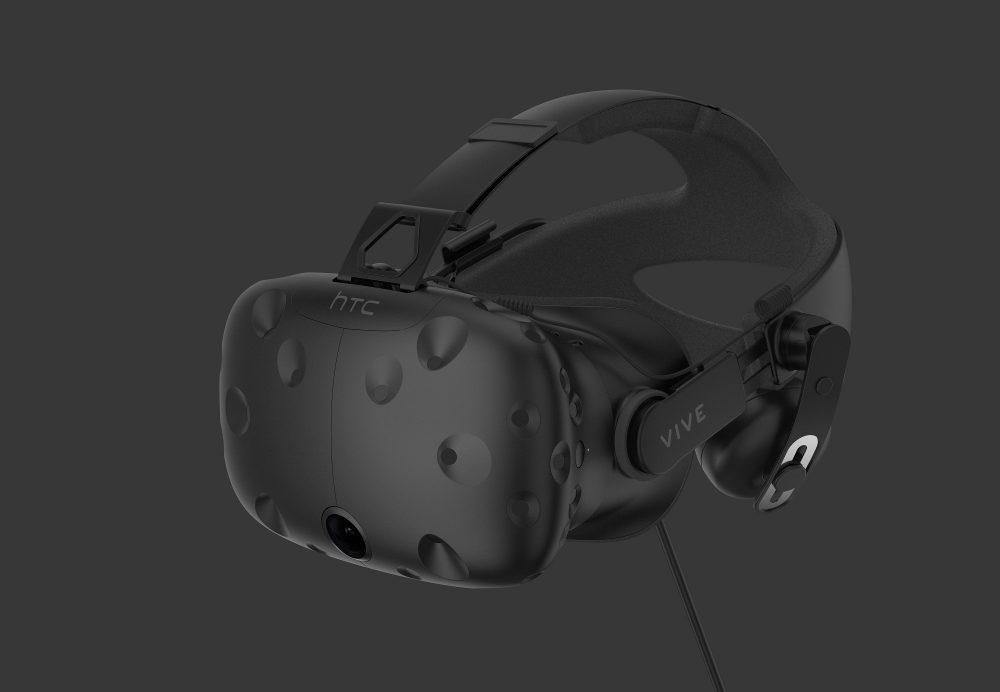I think it’s time to get things in order a little. To my mind, there are now five major companies publicly involved in the development of the VR ecosystem. Not just headsets, but the development, sale and distribution of content, and how they believe those processes will most benefit both themselves and the industry. Understanding what each is doing for VR is getting increasingly more complicated by the day.
Between Sony’s PlayStation VR, Google’s Daydream, Microsoft’s Windows Holographic, Facebook’s Oculus, and Valve’s SteamVR, we don’t just have different tech specs but different philosophies that will continue to seperate each of them as 2017 goes on and may ultimately decide who truly leads the industry in the years to come. Each will likely come under examination in a few weeks’ time at the Game Developers Conference, so let’s set the record straight on each approach right now.
Sony
As wonderful a headset as PSVR is, Sony’s approach to VR is probably the most incidental, not that that’s necessarily a bad thing. In comparison to its higher-end PC rivals, PSVR offers a limited VR experience with its single tracking camera but excels as an entry-level headset that doesn’t require people to transform a room in their house. It seemingly believes the compromises that it makes in a VR experience are worth it; many of PSVR’s biggest games are experienced with a DualShock 4 gamepad and ports of games like Job Simulator have been adapted to accommodate the tracking.
In terms of ecosystem, PSVR has adopted a similar approach to the PS4 that it works with. The company publishes exclusive content from first-parties like RIGS, arranges either full or timed exclusive VR games like the recent VR support for Resident Evil 7, and welcomes both big publishers and independent developers to work on its platform, though with added processes to launch on the PlayStation Store. The optimization needed to bring PC games to PSVR combined with the added method of getting onto the Store means games often come to the headset later than they do Rift or Vive.
Though Oculus and Samsung’s Gear VR might have had a significant headstart, Google’s mobile VR ecosystem, Daydream is poised to lead the smartphone charge in the coming months. Google wants to essentially create the Android of VR by building on top of that exact operating system. It’s working with companies like Huawei and Samsung itself to create handsets that support Daydream with all the same functionality that its own Pixel phone offers. In theory, if the approach is successful, many thousands of people will be walking around with Daydream phones in the years to come.
To fuel its ecosystem right now, Google lined up a range of exclusive content with other developers, but the company itself is not developing exclusively; Google Earth and Tilt Brush are both available on the HTC Vive and may come to other devices in the future. While the company’s tactics aren’t as often discussed as PC VR right now, they’re bound to be just as important as mobile VR grows in prominence over the years.
Microsoft
Microsoft probably has the most curious approach to a VR ecosystem right now, simply because we don’t know all that much about it. The company believes that the Holographic operating system it’s developing, seemingly part of Windows 10 itself, could be the main OS for immersive headsets; not just VR but HoloLens too. To help prove that faster than it will take to get HoloLens to the consumer market, it’s teaming with the likes of Dell and Lenovo to make new VR headsets.
Those devices are launching later this year, but we know very little how they’ll exist alongside SteamVR and Oculus Home. Microsoft claims its devices don’t need high-powered PCs and its inside-out tracking trumps the external sensors for Rift and Vive. If it can convince consumers of that, then it could make a major play for VR dominance. The question is what that possible future would mean for other devices.
Over the past year no one has come under fire for their approach to a VR ecosystem quite as much as Facebook’s Oculus. The Rift launched in March of 2016 and with it a dedicated Home app where people buy games and connect online. Home does not sell content that’s compatible with other headsets and Oculus has lined up a lot of exclusive content to help sway people to buy its headset over others.
Rift’s tracking technology is entirely proprietary, which puts it at odds with Valve’s SteamVR which currently powers the HTC Vive and will, in the future, fuel other headsets too. If Facebook’s headset becomes the best-selling VR device then it will be definitively controlled by Facebook itself. There are many advantages to the singular approach in terms of simplicity, but its the fears over that control that have many people worried about the company’s policies. Whether those concerns are unfounded or not will be one of VR’s biggest stories for the next few years.
Valve
In SteamVR and OpenVR Valve is heavily pushing an open ecosystem that it thinks is exactly what the tech needs to thrive. Just this week Valve has expressed its disdain for exclusive software, and this year’s CES was peppered with headsets that utilized SteamVR. Companies like HTC are bringing new gadgets into the ecosystem like the Vive tracker that allow developers to experiment with VR in ways that they couldn’t on other platforms.
As pioneers of room scale technology, Valve wants VR to be an uncompromising experience. It was the first to offer a headset that you can walk around a tracked space with. That means its tech is expensive and likely inaccessible to many people right now, but the company envisions a future in which its ecosystem becomes increasingly viable in the home space.


